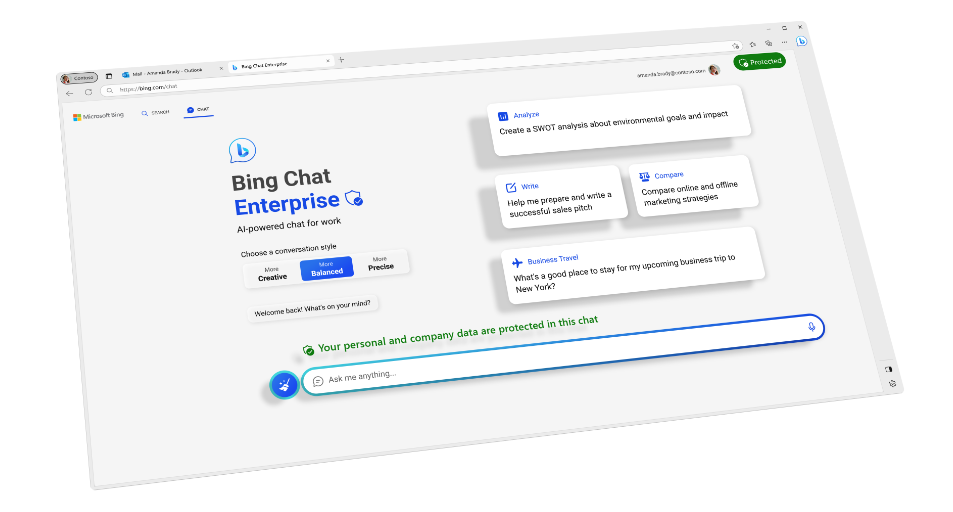Sentiment analysis has become a crucial tool for businesses and organizations to understand the emotions and opinions expressed by their audiences on social media.
In this comprehensive guide, we delve into the world of prompt engineering and how it can lead to improved sentiment analysis on platforms such as Facebook, Twitter, and Instagram.
With in-depth explanations, programming code samples, and real-life examples, we will explore the intricacies of sentiment analysis and prompt engineering in the context of social media. 😃
Section 1: The Importance of Sentiment Analysis in Social Media
1.1 Understanding Sentiment Analysis
Sentiment analysis, also known as opinion mining, is a subfield of natural language processing (NLP) that focuses on extracting subjective information from textual data.
It aims to determine the sentiment behind a piece of text, such as positive, negative, or neutral emotions.
This technique has found numerous applications in social media, where businesses use it to monitor their online reputation, gauge customer satisfaction, and uncover valuable insights for marketing strategies.
1.2 The Role of Social Media
Social media has become a primary source of information for many people, and its impact on modern society cannot be overstated.
Platforms such as Facebook, Twitter, and Instagram have billions of users, generating massive amounts of data every day.
This data can be harnessed to better understand public sentiment towards products, services, or even political events. As a result, sentiment analysis in social media has become an essential tool for businesses and organizations alike.
Section 2: An Introduction to Prompt Engineering
2.1 What is Prompt Engineering?
Prompt engineering is a technique used in the training and fine-tuning of machine learning models, particularly those based on natural language processing.
It involves crafting input and output prompts that guide the model to produce the desired results. By carefully designing these prompts, data scientists can improve the performance of their models and achieve more accurate sentiment analysis in social media.
2.2 How Prompt Engineering Improves Sentiment Analysis
Effective prompt engineering can significantly enhance the quality of sentiment analysis by guiding machine learning models to focus on relevant aspects of the text.
For example, by emphasizing the emotional content of a tweet or Facebook post, the model can better identify the sentiment expressed by the author.
This results in more accurate sentiment analysis and more actionable insights for businesses and organizations.
Section 3: Techniques and Strategies for Prompt Engineering
3.1 Using Contextual Prompts
Contextual prompts are crucial in prompt engineering for sentiment analysis, as they provide the model with relevant information about the text being analyzed.
For example, when analyzing a tweet, a contextual prompt might include information about the author, the date of the tweet, and any associated hashtags.
This context helps the model focus on the relevant aspects of the text and produce more accurate sentiment analysis results.
Example code:
# Sample code for using contextual prompts in sentiment analysis
from transformers import pipeline
sentiment_analyzer = pipeline("sentiment-analysis")
# Contextual prompt
prompt = f"Author: @username | Date: 2023-04-21 | Hashtags: #productlaunch #reviews | Text: I love the new product, it's fantastic!"
result = sentiment_analyzer(prompt)
print(result)
3.2 Crafting Explicit Prom
# Sample code for using explicit prompts in sentiment analysis
from transformers import pipeline
sentiment_analyzer = pipeline("text-generation")
# Explicit prompt
prompt = "Determine the sentiment expressed in this tweet: 'I can't stand this new product, it's a total waste of money!'"
result = sentiment_analyzer(prompt, max_length=50)
print(result[0]["generated_text"])
3.3 Iterative Prompt Refinement
Iterative prompt refinement involves testing and refining prompts to improve model performance. Data scientists can experiment with different prompt variations, analyze the results, and make necessary adjustments.
This iterative process can lead to significant improvements in sentiment analysis accuracy on social media platforms.
Example:
- Initial prompt: “Determine the sentiment expressed in this tweet: ‘{tweet}'”
- Refined prompt: “Analyze the emotions expressed in this tweet and classify it as positive, negative, or neutral: ‘{tweet}'”
Section 4: Real-Life Examples and Applications
4.1 Customer Satisfaction Monitoring
Businesses can utilize prompt engineering to improve sentiment analysis for monitoring customer satisfaction on social media.
By refining prompts and training models to focus on relevant aspects of customer feedback, companies can more accurately gauge customer sentiment and identify areas for improvement.
4.2 Political Sentiment Analysis
Prompt engineering can also be applied to analyze public sentiment during political events, such as elections or policy debates.
By crafting contextual and explicit prompts, data scientists can help political analysts understand public opinion on various issues, candidates, or parties.
4.3 Market Research and Product Development
Using prompt engineering to improve sentiment analysis in social media can provide valuable insights for market research and product development.
Companies can better understand consumer preferences, identify potential product improvements, and even discover new market opportunities through social media sentiment analysis.
Prompt engineering is a powerful tool for improving sentiment analysis in social media, enabling businesses and organizations to gain deeper insights into their audience’s emotions and opinions.
By leveraging contextual prompts, explicit prompts, and iterative prompt refinement, data scientists can optimize machine learning models and enhance their sentiment analysis capabilities.
With real-life examples and programming code samples, we hope this comprehensive guide has provided valuable knowledge and professional insights into the world of prompt engineering for sentiment analysis in social media. 😊
Thank you for reading our blog, we hope you found the information provided helpful and informative. We invite you to follow and share this blog with your colleagues and friends if you found it useful.
Share your thoughts and ideas in the comments below. To get in touch with us, please send an email to dataspaceconsulting@gmail.com or contactus@dataspacein.com.
You can also visit our website – DataspaceAI


